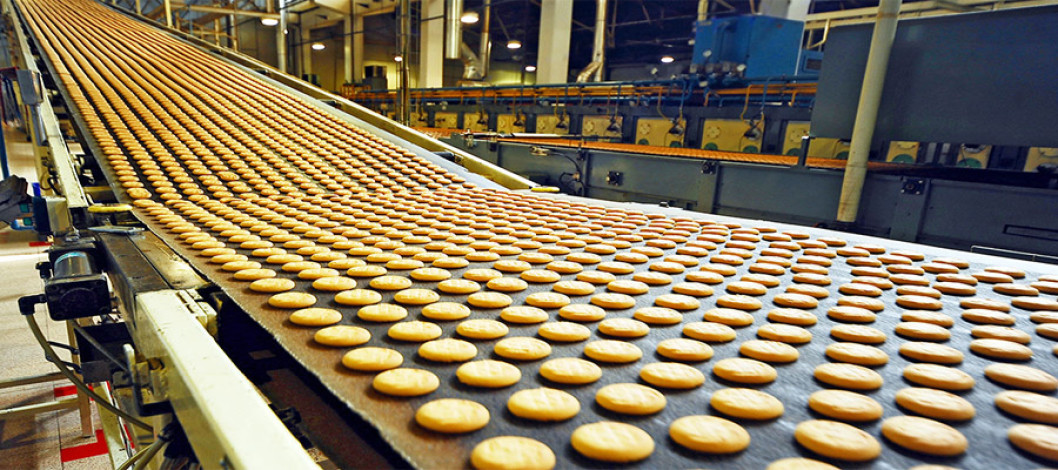
File photo
Food processing systems refer to the methods, technologies, and equipment used to transform raw agricultural products into usable food products. They include a series of steps that transform raw ingredients into safe, palatable, and often shelf-stable food items, thereby improving their quality, safety, and convenience for consumers. These systems are designed to handle large-scale production, ensure food safety, extend shelf life, and meet consumer demands for variety and accessibility. This can prevent much of the food waste, and can be used as needed.
Key Components of a Food Processing System
Raw Material Handling: Involves cleaning, sorting, grading, and preparing raw ingredients (e.g., fruits, vegetables, grains, meat, dairy) for processing.
Processing Techniques:
Mechanical Processes: Cutting, grinding, mixing, or forming (e.g., slicing vegetables, mincing meat).
Thermal Processes: Cooking, baking, pasteurization, sterilization, or freezing to enhance flavor, safety, or preservation.
Chemical Processes: Adding preservatives, flavor enhancers, or stabilizers to improve shelf life or taste.
Fermentation: Using microorganisms to produce products like yogurt, cheese, or beer.
Drying/Dehydration: Removing moisture to preserve food (e.g., dried fruits, powdered milk).
Packaging: Sealing food in containers (cans, bottles, vacuum packs) to protect it from contamination and extend shelf life.
Quality Control: Testing and monitoring to ensure safety, nutritional value, and compliance with regulations (e.g., FDA, USDA standards).
Storage and Distribution: Storing processed food under controlled conditions and transporting it to retailers or consumers.
Types of Food Processing
Primary Processing: Basic preparation like cleaning, milling (e.g., wheat into flour), or slaughtering (meat preparation).
Secondary Processing: Creating finished products, such as baking bread from flour or making cheese from milk.
Tertiary Processing: Producing highly processed, ready-to-eat foods like frozen meals, snacks, or canned goods.
Examples of Food Processing Systems
Canning: Heating food to kill bacteria and sealing it in airtight containers (e.g., canned vegetables).
Freezing: Rapidly lowering food temperature to preserve texture and nutrients (e.g., frozen fruits).
Pasteurization: Heating liquids like milk to eliminate pathogens while retaining quality.
Milling: Grinding grains into flour or meal for baking or cooking.
Extrusion: Shaping food by forcing it through a die (e.g., pasta, breakfast cereals).
Benefits
*Enhances food safety by eliminating pathogens.
*Extends shelf life, reducing food waste.
*Improves convenience (e.g., ready-to-eat meals).
*Enables year-round availability of seasonal products.
*Enhances nutritional value or flavor through fortification or seasoning.
Challenges
*Nutrient loss in some processes (e.g., overcooking).
*High energy consumption in large-scale systems.
*Potential overuse of additives or preservatives.
*Environmental impact from packaging waste or processing byproducts.
Real-World Context
Modern food processing systems are highly automated, using technologies like robotics, IoT, and AI to optimize efficiency and safety. For example, companies like Nestlé or Tyson Foods employ sophisticated processing systems to produce consistent, high-quality products globally. Regulations, such as those from the FDA or EU food safety authorities, ensure these systems meet strict hygiene and quality standards.
-SZK
Comment Now